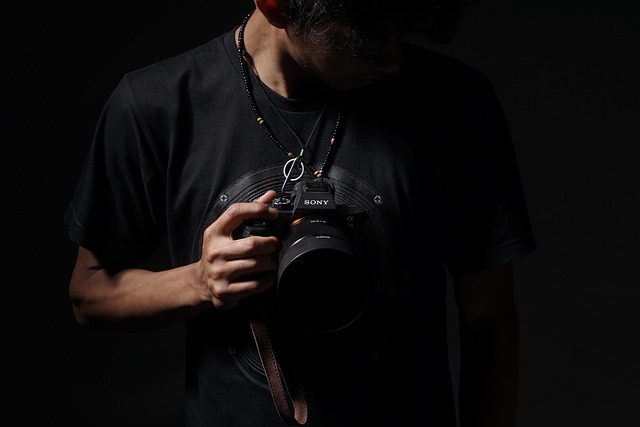Photography, often described as painting with light, is a powerful medium that allows photographers to capture the world through their unique perspective. Whether using a sophisticated DSLR camera or a simple smartphone camera, each photograph tells a story, preserves a moment in time, and evokes emotions that resonate with viewers around the globe. In a world that moves rapidly, a well-timed photo can become a bridge connecting our present to our past, reminding us of experiences, feelings, and relationships.
At the heart of photography lies the photographer’s intent and creativity. Every shutter click is an expression of the photographer’s vision, whether it’s capturing the serene calm of a sunrise or the frenetic energy of a busy city street. Just as an artist chooses their colors, a photographer selects their optics carefully, considering the camera settings, lens choices, and the lighting conditions to create the desired effect. Each lens has its own character and temperament, shaping the narrative of the captured image.
When composing a shot, a photographer must consider numerous elements: framing, focus, depth of field, and the interplay of light and shadow. A shallow depth of field can isolate a subject against a beautifully blurred background, emphasizing their importance in the frame. Meanwhile, a wide-angle lens can draw the viewer into expansive landscapes, creating a sense of awe and exploration. Understanding how to harness the potential of different lenses is vital in the photographers’ toolkit and contributes to the emotive power of their work.
Moreover, photography is not just about the technical aspects; it’s about feeling and empathy. A skilled photographer has the ability to capture candid moments that reflect genuine human emotions, telling stories without using words. The gleam in a child’s eye, the softness of a couple’s embrace, or the rawness of a protest—each photograph resonates with the viewer, inviting them to experience that moment vicariously. This connection can bridge cultural divides, foster understanding, and ignite passions.
The evolution of technology has had a profound impact on photography as well. The advent of digital cameras and editing software has democratized the art form, making photography more accessible than ever. Today, anyone with a camera can call themselves a photographer, but mastering the art takes dedication and a discerning eye. It is a blend of science and art; the perfect union of optics and creativity, enabling photographers to see beyond the ordinary and transform fleeting moments into everlasting memories.
In essence, the art of photography is a celebration of life’s fleeting moments. It’s an invitation to view the world through a different lens, to notice that which is often overlooked. For those who pick up a camera, it becomes a tool for exploration and expression, a way to delve deeper into life’s stories and share them with others. Each click captures a sliver of reality, preserving it for future generations and weaving a visual tapestry of our collective human experience.




